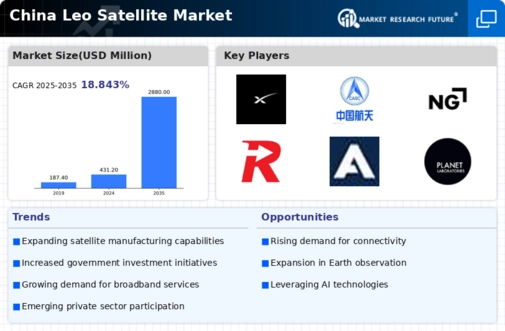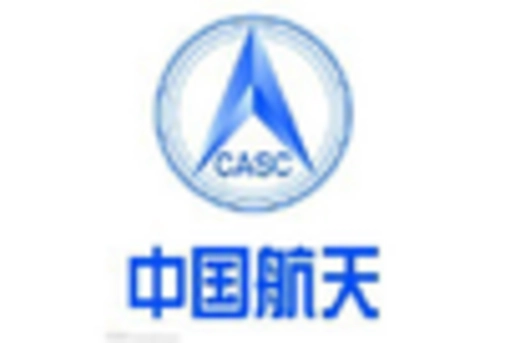The China Leo Satellite Market is characterized by rapid advancements, intense competition, and innovative developments in satellite technology and launch capabilities. The competitive landscape includes a variety of key players, each aspiring to establish a foothold in this burgeoning market, which is driven by growing demands for satellite-based communication, earth observation, and other applications. Numerous companies are racing to develop low Earth orbit satellites that promise not only improved coverage but also cost-effective solutions compared to traditional satellite systems.
The dynamics of this market are influenced by both domestic and global competitors seeking to capitalize on the demand for advanced satellite solutions, as countries around the world increasingly rely on satellite technology for various sectors, including telecommunications, defense, and agriculture.In the competitive realm of the China Leo Satellite Market, SpaceX has positioned itself as a formidable player with its advanced technologies and ambitious projects aimed specifically at enhancing global connectivity through satellites.
The company's innovative approach to rocket reusability has significantly reduced launch costs while increasing the frequency of launches, thus appealing to a wide range of potential clients in China seeking reliable and cost-effective satellite deployment. Furthermore, SpaceX's cutting-edge technological capabilities enable it to provide high-speed internet services and establish a broad satellite constellation, enhancing internet accessibility even in remote regions.
While the company primarily operates in the global sphere, its growing influence and strategic partnerships in China signify its potential to reshape the satellite landscape within the country.Harbin Institute of Technology has also made a distinguished mark in the China Leo Satellite Market, leveraging its strong research and development capabilities to produce cutting-edge satellite technologies. It offers a range of products and services, including miniature satellites, satellite propulsion systems, and ground control equipment that are integral to the successful functioning of low Earth orbit missions.
The institution's reputation for technological excellence and innovation is complemented by its collaborations with various governmental and private enterprises in China, driving advancements in satellite technology. Harbin Institute of Technology has strengthened its market position through strategic mergers and acquisitions, particularly in the realm of satellite manufacturing and technology development. This enables the organization to diversify its offerings and bolster its operational capabilities, making it a key contender in the competitive space of China's Leo Satellite Market.

















